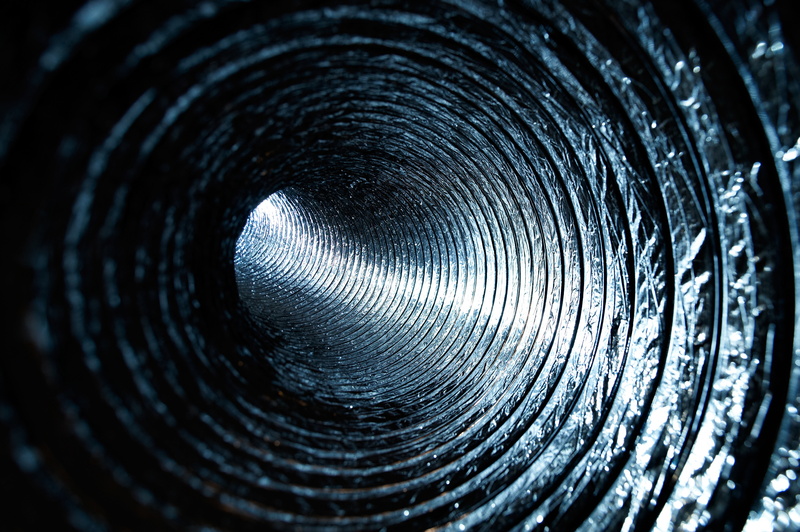
Spring and early summer is the best time to arrange for big HVAC services in Plymouth, IN, such as installing a new air conditioner. Contractors’ have less packed schedules at this time and can easily arrange for a consultation and convenient appointment to have the installation done.
Since you have a bit more time to think about how you want to upgrade your HVAC system with a new installation, here’s something we recommend considering: zone control.
What Is Zone Control?
Zone control is a way to create separate “zones” around a home (which could be as small as a single room or as large as the entire upstairs floor) that can be cooled or heated independently of each other. The standard way central heating and air work in a house is that the air handler of the HVAC system sends the cooled or heated air into ductwork that transports it to all the vents. Every room with a vent register receives heating or cooling, no matter if it needs it or not.
This is a convenient system—but you can also see why it’s not ideal. Imagine if every light in your home came on when you flipped a single switch. That’s similar to what happens when you turn on the cooling or heating for a home that doesn’t have zone controls.
How Do Zone Controls Work?
To divide a house into zones and separate their heating and cooling, technicians make a number of changes and upgrades to the HVAC system. Dampers are put into the ducts that can seal off airflow to specific vents. The number of dampers depends on how many separate zones the homeowner wants. Each zone gets its own temperature controls so conditions can be manipulated locally, and these temperature controls are networked into a central thermostat. A new air handler with variable speed replaces the standard air handler so the HVAC system can reduce its power output based on how many zones are requesting cooling/heating.
While the HVAC system runs, the central thermostat checks which of the zone is making a request for comfort. The dampers to these zones open and all other dampers shut. The air handler adjusts to meet the airflow demand. As the temperature needs of the zones are met, those dampers shut and dampers elsewhere open up to allow for the rest of the air to escape and balance the pressure in the ducts.
The Benefits of Zone Control
You’ve probably already figured out why zone controls are a good idea. Here’s a list of the biggest benefits:
- Lower energy bills—only heat and cool rooms that need it.
- Individual temperature controls so everyone has the room temperatures they want.
- Adjust temperatures to match the purpose of rooms.
- A more even distribution of heating and cooling.
The best time to have zone controls put in is during an HVAC installation. The technicians can put in an AC, furnace, and air handler that will seamlessly work with the climate controls and the dampers.
Contact Collier’s Heating & Air Conditioning professionals for the best AC service. For Over 30 Years, a Company You’ve Grown to Trust!
